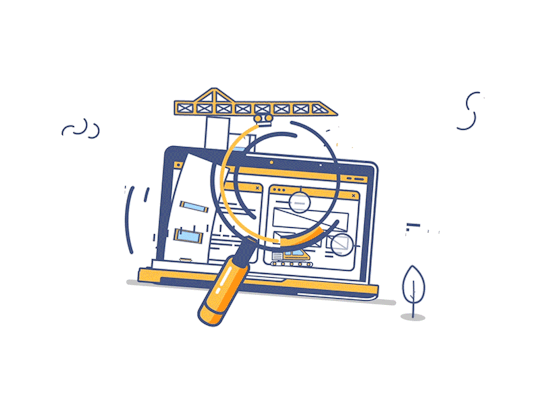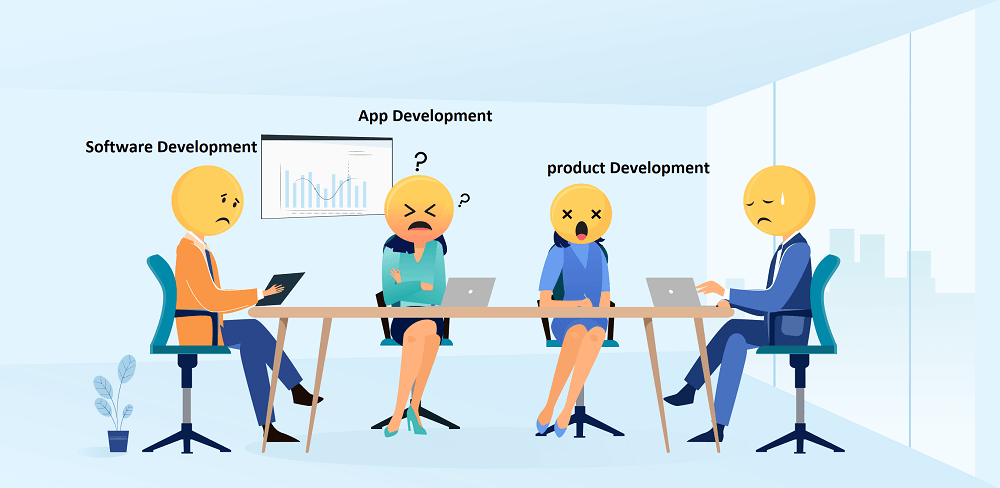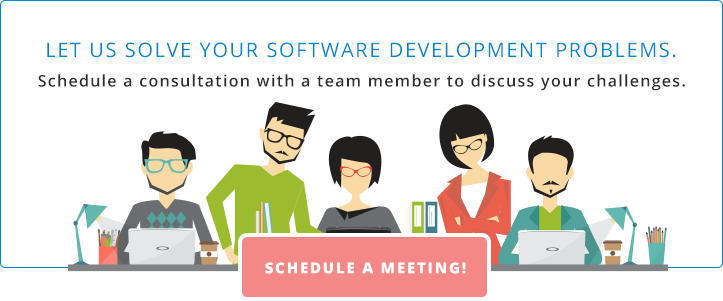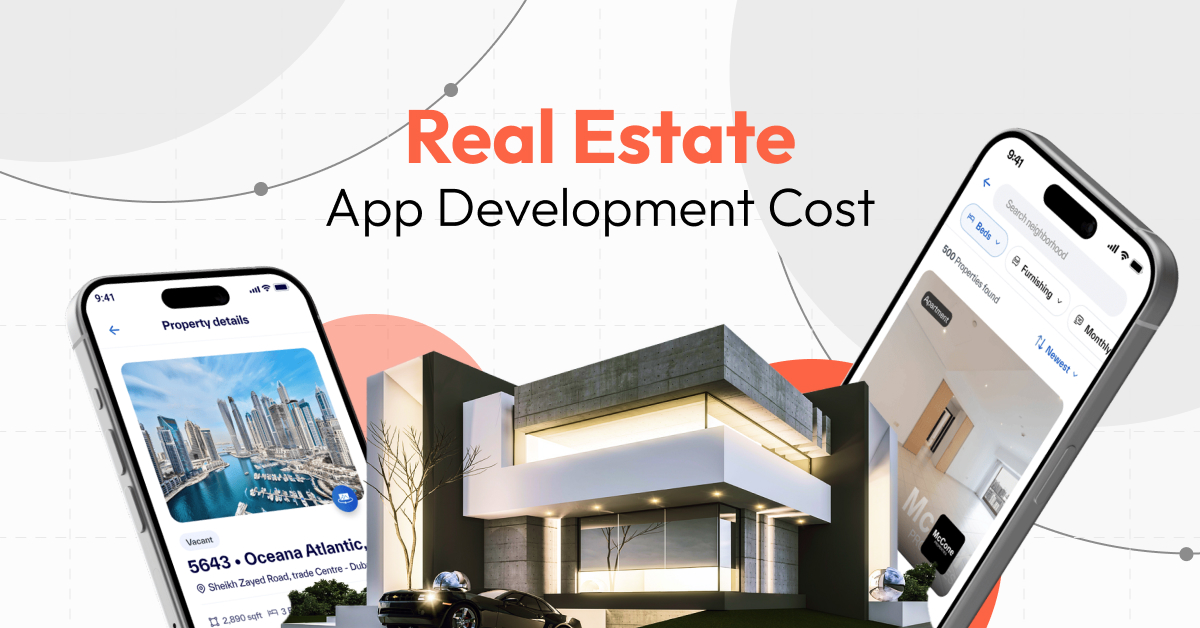On average, a human spends around three and a half hours actively on their phones, excluding the time they use it to play apps in the background. The time would have obviously increased during the pandemic. The statistic, however, is not a surprising fact here. The surprising notion here is how few people know the difference between product development, application development, and software development.
The reliance on technology has reached its maximum and yet so many people depend on service stores for the smallest of technical issues with their phone. While there is nothing wrong with seeking professional help for these issues, it is important to have a basic understanding of these things that people so frequently use.

If not to gain knowledge, to save the money that service centers charge on each visit. Web development company services have come a far way from where they had started a couple of decades back.
From computers that did simple arithmetic problems to artificial intelligence, the developments are shocking and life-altering. But sadly, it is all only privy to the people in the tech world and a limited number of enthusiasts. The general public is unaware of the whole process.
The three terms of product development, application development, and software development are often considered synonyms of each other but are very different from each other.
Tech giants hire dedicated developers to create unique applications by using complicated procedures that the general mass has no idea of. Here is a brief to understand the difference between product development, application development, and software development.
Product Development
These two words individually have a very simple meaning but when put together it becomes a little complicated. The development of a product involves a number of steps which are explained below:
1. Requirement Analysis
The first step is always requirement analysis and for many developers, this is the most challenging process. Here, they try to first figure out the objective of developing the product and what purpose it will serve the target audience.
Next, they differentiate and divide all these requirements to understand which will be the same for all and which customers will require some special features. This whole process requires a lot of in-depth domain knowledge. This is also the reason why most products have updates rolling in after every few years.
Hence, software product development companies often call experienced professionals to study the various needs and customization of a product.
2. Quality of Code
The next important step to check by a web application development company is the quality of code that is used to make the product. This whole step depends on the several objectives of a company whenever they are putting out a new product.
Questions like how long they want to run a certain product, the number of features intended for each update, etc., are taken care of as the quality of the code used to program the product depends on it.
If it is not kept in mind right from the beginning of the product development process, the users will have to face issues (including bugs and viruses) when using the product.
3. Technology Stack
Choice of the technology stack is the next big step. Technology is changing every minute, thus a developer has to think four steps ahead to make sure that their product can sustain in the future.
The technology used should fulfill the current requirements as well as the potential advancements that will take place in the near future. The technology chosen will then lead to the creation of a legacy code that will be carried forward to the future.
Any company will prefer to choose the right technology in the first place rather than replacing it on intervals because that requires investing a lot of time and money.
Hence, choosing the right technology for software product development can help designers develop a more reliable app and stay in the good books of the investors.
4. User Adaptability
Once the technology is chosen and matched with the requirement analysis, the next step is to make sure the product is adaptable to a wide range of users. Now this one is a fairly technical concept since there are more than one ways to achieve it. A developer can create an algorithm, configure it with the different parts, or make a separate plug-in mechanism.
Both these options can cost a lot of time and money if not done correctly since the whole point is to serve a larger group of people. Thus, for a mobile app development company, the adaptability implementation needs to be kept in mind from the beginning of the product development process.
5. Price Setting
The final step is the pricing of the product. Though it may seem like an easy step after all the technical ones, in reality, it is not so. This step requires the most coordination.
A web development company usually calculates the price based on the making of the product but being an intensively technological process, the costs are way higher than what can be charged from the customers.
Hence, most companies ask experts to study the number of potential customers and then set a price that can cover up the actual cost and is not expensive for users.
Application Development
Application development is essentially a process of developing computer programs or commands that will either serve a specific function or a set of functions for its users.
Though product development is carried out on a larger scale than application development, the process for both is not any easy. The difference is that application development has a number of steps rather than a few distinctive steps. It is yet another complicated process but not rocket science. Application development is basically of two types.
1. Mobile Applications
Mobile applications are essential for any company because the widespread use of smartphones has completely changed the way of our interactions in life. Mobile application development company services are focused on developing certain systems that can be either directed towards Android apps or IOS apps.
2. Web-based Applications
It is often a common misconception that a web application is similar to a standard web page. A web application can be developed through several processes. The digital product creation of different functionalities which include but are not limited to user profiles, login pages, and payment info is done. Internet access is essential for these apps and they are often coded in JavaScript, CSS, and HTML5.
A mobile and web app is not simply responsible for the app to be built on a proper schedule but it also makes sure that the app is built properly. The mobile application development cycle consists of four major phases and this is made possible through these steps.
The steps involved segments: gathering phase, development phase, testing phase, and production phase. Every web application development company uses this four-phase approach for application development as it simplifies the process of dividing work among several groups, i.e., it makes decentralization easy.
#1. Gathering Phase
The gathering phase starts with requirement analysis same as in product development, but here, the requirements involve choosing and verifying the design as well as analyzing the software and hardware requirements of the application. This phase is basically for collating all the basic ideas and visions into a rough structure so that it can later be coded into a program.
#2. Development Phase
In the development stage, the developers take the design and vision to start coding and testing. There are only two things to be done in this phase, however, they have to be repeated and revised several times until a user-friendly version of the application is achieved. This phase requires utmost care by professional coders and programmers as it will set the tone of the application.
#3. Testing Phase
Here, the app is informally released to a smaller group of people to figure out the adaptability of the app with the general mass. The functionality and feasibility of the application with several devices are also checked, and then system tests are performed.
Almost every mobile app development company has a preferred choice between Android and iOS platforms. Once the application passes all these tests, it is taken to the production step.
4. Production Phase
The production phase is the ultimate one. It consists of user training, which means the app itself helps the users to understand its functioning. There is also a process of operational procedures.
Both these functions are carefully undertaken by the team that is responsible for the maintenance. The prerequisite of this step is the documentation of all four segments, after which it is passed on to the maintenance team.
A mobile application development company implements the documentation part mostly due to compulsion. The documentation makes it easy to control and monitor each change and helps the application to remain successful in the long run.
Software Development
In the most basic sense, the software is a design on which an entire system or device runs. For example, the MS Office suite is a software that consists of multiple applications such as Word, PowerPoint, etc.
There is a wide range of tasks involved in this process since it is intended to function on a larger scale and cater to different users’ needs in a single software. The wide range of tasks are as follows:
1. Requirement Analysis
The requirement analysis step, though similar to the one in product or application development, is performed to fit a larger group of users. A software development company works on the lines of the customers’ belief that the software needs to know the tasks it can perform with the help of features that are embedded in its programming. So the requirement analysis step has to be done more thoroughly to fit in ambiguous needs.
2. Designing And Prototyping
Designing and prototyping is the next step in the software development process. It is undertaken to determine how the software will be presented and how it will function.
Read More:- Ultimate Guide to Outsource Software Development
It is not about the visibility but the way it will function for different users. It can either be a simple wireframe or a fully-fledged prototype based on the technology of the software.
3. Function and Product Support
The next step in the software architecture is how the software will function with the products it will support. This is, as admitted by the software-building giants, the toughest part of the process and also the riskiest. Making software that supports all the functions means coding each of the commands to a hundred percent accuracy.
4. Testing
Next, the process of testing and implementing the software to a system is to be carried out by a software development company. It is not the toughest step but the coding and design, accomplished by different professionals, needs to work well together and meet the objective of the software development.
5. Documentation
Documentation is required to ensure smooth and efficient maintenance. The maintenance of software is important since it is the perpetual stage that will run as long as the software will run. Companies require their software developers to realize that the end goal is for people to use the software for performing their tasks. If this is not supported by a user support team and timely updates, it will fail to function in the long run.
Wrapping Up
Now that the development process is clear, the difference is easy to understand. All three development processes start with the requirement analysis but deepen further into various stages depending on the size of the population they intend to serve.
Hence, they are similar in lesser ways than what the general public may assume. They all have different approaches. The development process is fairly technical and changes with the specification of the use.
Experienced companies hire dedicated developers for each development process. Software development is a wider program that supports several applications, whereas product and application development are more of specific goal-based processes.
However, all the development processes are unique because of the different design and coding requirements as well as implementation strategies.































